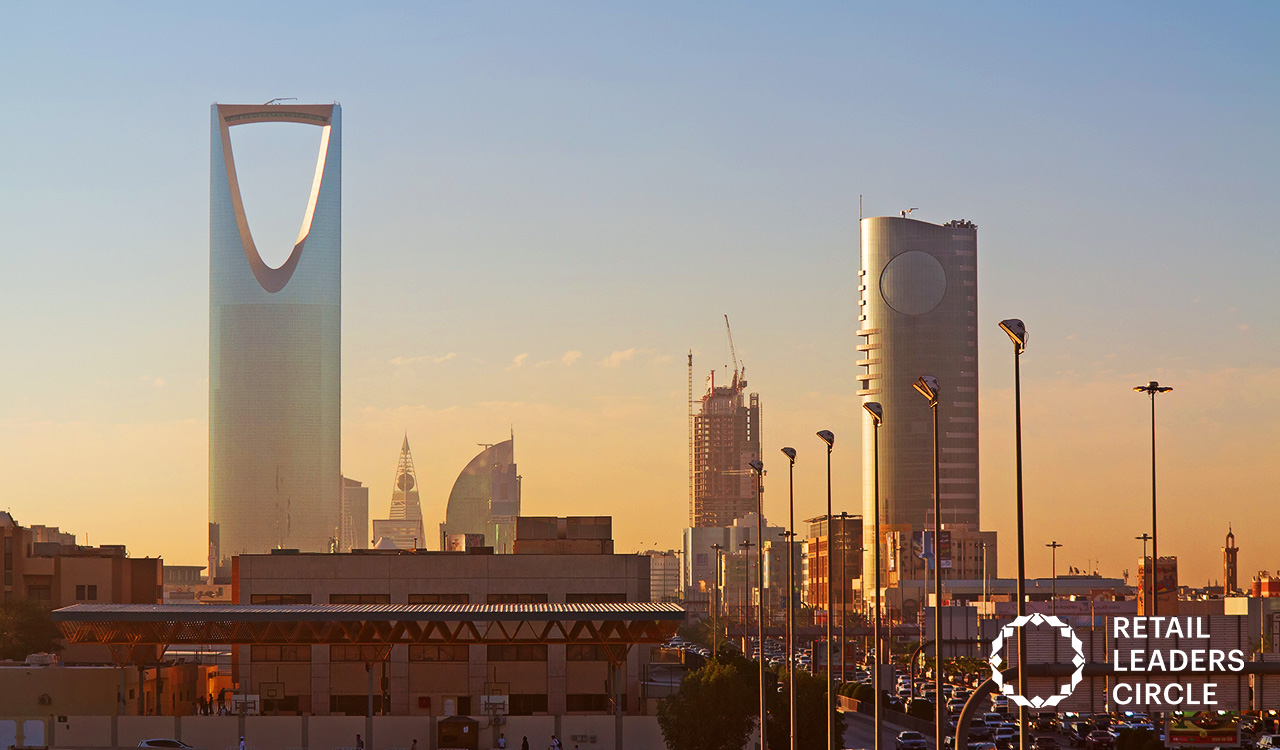All-In for Planet Earth
As my readers know all too well, I usually write about significant strategic events that have noteworthy impact on both our industry and the larger canvas of life, so to speak. We at the Robin Report make it a point to not report “news,” but rather what the news means and why it matters.
That said, however, I came across some news that I felt was really part of a larger, important trend happening to all consumer-facing businesses.
So to get a perspective in this, let’s start at the beginning, and the genesis and driver of all things commercial: we humans. Human beings are by nature consumers. And as consumers, we’re never satisfied. We’re always trying to use our purchasing power to achieve increased levels of satisfaction, perceived or real.
Take apparel, for instance. A hundred years ago, we bought clothing principally for utilitarian reasons to cover our bodies and protect us from the elements. That pair of cotton dungarees may have been a little heavy and scratchy, and not too flattering, but it did the job.
But vanity and self-expression got the better of us. Pretty quickly, we took functionality for granted, and decided that the clothes we wore needed to be made of finer fabrics and look more attractive.
As the history of apparel evolved, the intrinsic properties of the product gradually took a back seat to the name and logo on the label. Calvin. Polo. True Religion. We didn’t buy clothing to cover our bodies anymore. In fact, as I’ve written about ad nauseum, we didn’t even really need another pair of jeans. We bought them for a zillion reasons, not the least of which was to project a certain image and lifestyle that we aspired to. We bought them to impress, “fit in” or “fit out” as outliers. I could write a whole book about why we buy clothes, but I’ll spare you for the moment.
All for One and One for All
So, in this world of abundant choice, immediate gratification, and 24/7 online shopping malls, what’s left? We have to admit that we have been living in the era of “It’s all about me.” We expect shopping experiences that just get better and better. We demand it from our retailers, online and off. We want an incredibly memorable experience co-created by ourselves and the retailer that will forever shape our perception of the store We can get that at a place like 3×1 in Soho and have a pair of bespoke jeans custom-made to fit perfectly. They’ll be made out of one of the hundreds of bolts of soft, shuttle-loom-woven selvedge denim they have in the store, and trimmed with hand-enameled buttons selected by moi. And speaking of bespoke, 3D printing today is just the tip of the iceberg.
Wow, we really have climbed a kind of Maslow’s Hierarchy of Consumption pyramid, haven’t we? We’ve moved from needing protection, to wanting quality, to aspiring to a lifestyle, to demanding an irresistible experience. What’s next, saving the planet?
How’d you guess?
The next frontier for consumers is to use their enormous purchasing power for good. Although various terms have been coined to describe the phenomenon – from conscious capitalism to cause-based shopping — the trend is real and growing. Financial services companies are offering mutual funds invested in socially conscious companies. Accessories makers like Thom’s shoes and Warby Parker eyewear are donating their products to people in developing countries, which is really resonating with consumers, judging from their meteoric sales growth. Large retailers are cutting their carbon footprint by managing energy levels, reducing product packaging, making sure their vendors use safe, responsible hiring practices, and even rewarding customers who bring their own bags. Gap gives a 10% discount when you purchase their reusable bag and then use it for every visit. And to Millennials, this trend isn’t even trendy; it’s part of their ethos.
All For One Planet
And now, back to the news. Cotton – the king of raw materials – is taking the growing need for social and environmental consciousness all the way back to the farm.
Last week, our friends at Cotton Incorporated, along with their colleagues at Cotton Australia — two countries at the forefront of responsible cotton production — announced a program that will heighten awareness about responsible cotton growing practices in these two countries. Mark Messura, who leads the Global Supply Chain Marketing at Cotton Incorporated, said the initiative, called Cotton LEADS™, was developed in response to “growing downstream concern for upstream issues.”
Cotton LEADS™ is aimed at textile brands, retailers and manufacturers committed to sourcing cotton that is grown in a responsible and transparent manner. Validating the Cotton LEADS™ program will be the national-level oversight, regulatory enforcement, and transparency of practices currently underway in both countries. It will include both conventionally and organically grown cotton.
The positive change that will result from this system will be found in water and soil conservation, pesticide regulation, child protection, and workplace safety, and be continually measured and improved. It will do things like help farmers optimize irrigation and watering schedules, calculate precise fertilizer needs, detect viruses and other pests that decrease crop yields, and more.
Retailers and brands that want confidence and integrity in their supply chain and want to deliver high quality cotton products to their customers will become partners in Cotton LEADS™. It worked for the architectural and building industry with the USGBC LEED certification, so it should be a slam-dunk for apparel. Because these days, it’s not enough to be better, chicer, cheaper, and an impresario of an irresistible experience, it has to save the world, too. And that’s not cynicism talking, that’s good business practice.



